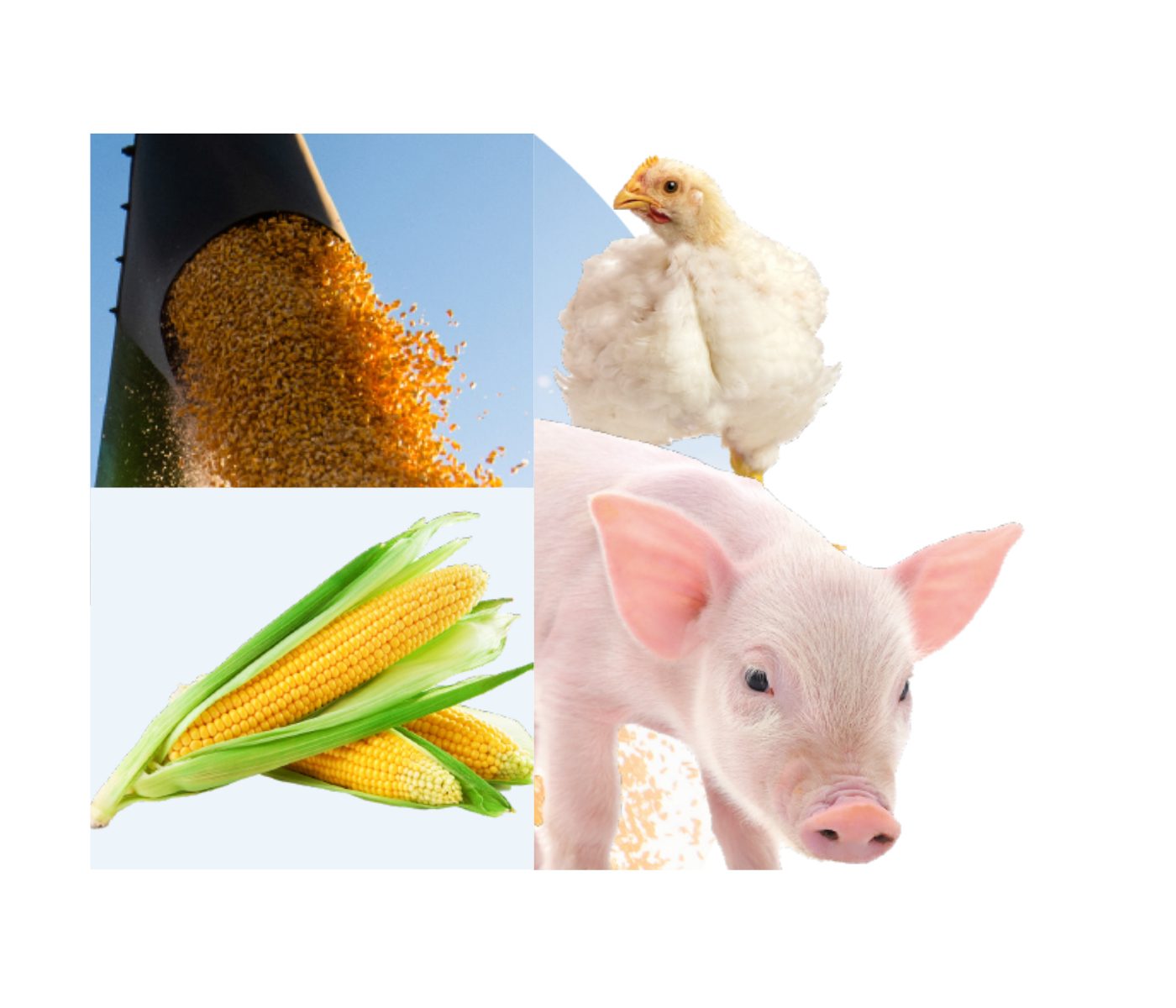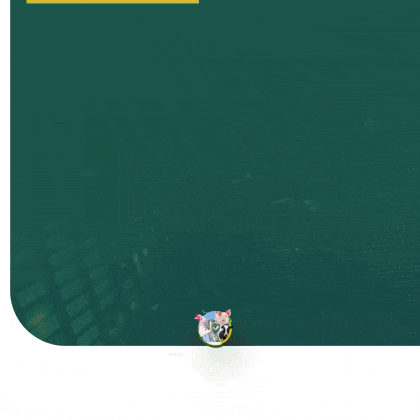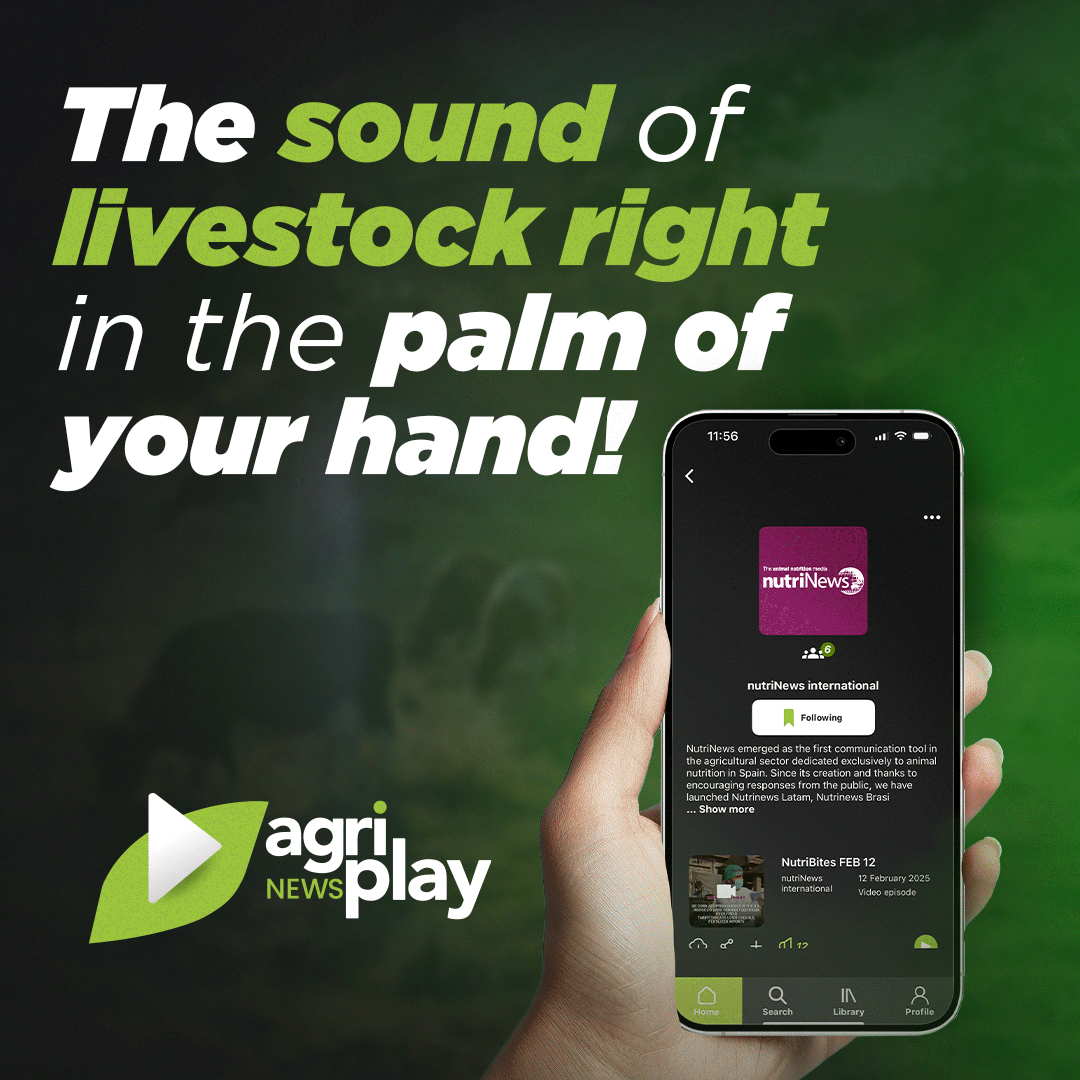In this article, we will continue discussing the effects of corn harvest conditions and drying temperature on the variability of corn in feed processing for poultry and swine diets, and its energy and nutritional value for growing pigs and broilers.
It is important to remember that corn kernel hardness is an important seed genetic characteristic affected by agronomic and weather conditions. Corn vitreousness is a measurement of kernel hardness that refers to the ratio of vitreous (hard) to floury (soft) endosperm. NIRS can be used to measure it. In the previous article, we discussed some of the impacts of corn vitreousness in phytate content, nutritional value, protein solubility, and how it may affect the particle size post-grinding.
Variability in feed processing
In a subsequent experiment, we evaluated the effects of drying temperature (35 or 120°C) in two yellow-dent corn hybrids with different kernel hardness (average and hard) on the geometric mean diameter (dgw) and standard deviation by weight (Sgw) when hammermilled, and pellet quality measured as pellet durability index (PDI).
This time, the corn vitreousness was 60.59% for the average variety and 62.83% for the hard variety. Meanwhile, the protein solubility index or Promatest values were 37.27% and 34.42% for the average and hard corn varieties, respectively.
In grinding in a hammer mill, four different settings combinations of tip speeds (4,213, 3,862, 3,335, and 2,458 m/min) and screen of 8/64′′, 3.18 mm (8−8); 20/64′′, 7.94 mm (20−20); 24/64′′, 9.53 mm (24−24); and 24/64′′, 9.53 mm (24−24), respectively, were used to target four dgw (400, 700, 925, and 1,250 μm).
After grinding, the 400 and 700 µm corn were included in broiler and sow diets to assess the impact of these treatments on the pellet durability index. Grinding and pelleting data were analyzed using a 2 × 2 factorial arrangement of two corn varieties and two drying temperatures in a randomized complete block design with blocks by grinding or pelleting event.
The average hardness corn variety generally had the lowest dgw (Table 1). The hard corn variety had the biggest dgw when kernels were dried at 35oC, and the tip speed setting was 3,335 m/min. Drying at 120oC increased dgw for the average hardness corn variety when the target particle sizes were 700, 925, and 1,250 μm, but caused no increase in dgw at the lowest target particle size. In contrast, the dgw of hard corn variety was not affected by drying temperature when ground ...














